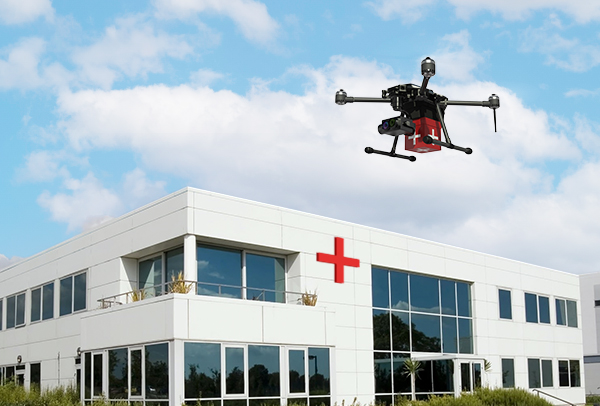In the face of numerous healthcare challenges in developing countries—such as inadequate infrastructure, workforce shortages, and constrained financial resources—the need for transformative technological solutions has never been more urgent. Among the most promising innovations is the application of UAVs (Unmanned Aerial Vehicles) in medical logistics, offering a paradigm shift in the delivery of healthcare services to hard-to-reach communities.
The State of Healthcare in Low-Income Countries
Healthcare systems in many developing nations are under immense strain due to limited infrastructure and human resources. This has led to alarming outcomes: life expectancy in these regions is significantly lower, and maternal mortality rates can be up to nine times higher than those in developed countries. These statistics not only reflect systemic weaknesses in healthcare delivery but also underscore the persistent barriers to access—particularly in remote and underserved areas where transportation is difficult and healthcare services are sparse.

UAVs – A Transformational Leap in Medical Logistics
Public health and biomedical technology experts increasingly recognize UAVs as a strategic solution to longstanding logistical bottlenecks in healthcare. UAVs offer a range of compelling advantages:
? Overcoming geographic and infrastructural barriers: UAVs can access remote mountain regions, areas separated by rivers, or locations isolated during the rainy season—places that are often unreachable by conventional ground transportation.
? Optimizing logistical efficiency: UAVs drastically reduce the time required to transport critical medical supplies—including blood, vaccines, and medications—from centralized facilities to local health centers, ensuring timely and continuous patient care.
? Enhancing emergency response capacity: In critical emergencies, UAVs enable rapid access to medical aid, often making the difference between life and death—especially in regions lacking physicians and emergency vehicles.
Zambia – A Case Study in UAV Implementation
Zambia, a nation of over 20.7 million people, exemplifies the logistical challenges in rural healthcare delivery. Underdeveloped road networks and prolonged rainy seasons frequently disrupt the supply chain for essential medicines, vaccines, and equipment.
Historically, the “Flying Doctor” program served as a primary method for reaching remote communities. However, high operational costs and dependency on favorable weather conditions have increasingly undermined its sustainability. UAVs, by contrast, offer a cost-effective, flexible, and scalable alternative—bringing the promise of continuous healthcare access to even the most isolated populations.
Conclusion: Medical UAVs – Bridging Technology and Equity
Far beyond being a mere delivery tool, UAVs are emerging as vital allies in modern healthcare—carrying not only medical supplies but also life-saving opportunities to millions still beyond the reach of traditional services.
Looking ahead, as regulatory frameworks mature and UAV technologies continue to evolve, these systems are poised to become indispensable to global healthcare. They represent a forward-looking solution toward achieving equitable, accessible, and resilient healthcare for all—regardless of geography.
